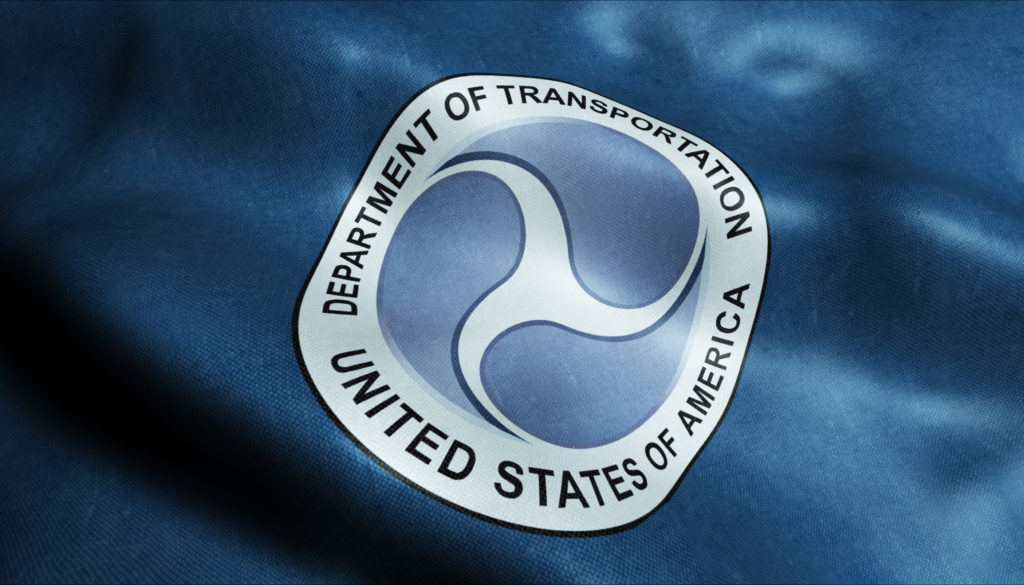
Throughout 2020, as truck drivers’ responsibilities have become more vital (and focused upon) than ever, the need for major road and driver safety improvements has never been more important. This also comes at a time where trucking regulations have seen many changes–and pushback.
As the firm’s own Ken Levinson and Jay Stefani have seen first-hand the effects of current safety issues on America’s roadways, they decided to weigh in on what potential changes are needed for truckers right now–and what decisions they think are doing more harm than good.
“It seems like any time there’s a need for more deliveries and more drivers, especially during things like COVID, the trucking industry and trucking companies use that need as an opportunity to skirt safety,” explained Levinson. “Whether it’s hours of service or requirements of drivers and commercial drivers’ licenses–even letting younger drivers drive 80,000 pounds. We’re all for efficiency getting supplies, food, and necessary resources to people–but not at the expense of highway safety.”
This year, regulations regarding driver service hours have been made more flexible, as have age and training requirements for new drivers entering the industry.
“It seems like at every turn, whenever there’s an opportunity, the trucking industry does everything it can to maximize profits at the expense of public safety, and there’s just too much risking involved in the skirting of rules and regulations that are there to protect the public,” Levinson said.
These kinds of safety regulation relaxations have led to many more cases of crashes, injuries, and even deaths on the road, causing many safety advocacy groups to oppose these rule changes.
“Frankly, we see the devastating effects of a lack of driver training, lack of driver attentiveness, and lack of adherence to safety rules. We see it all the time, and it just leaves families devastated.”
Even before the coronavirus pandemic’s stay-at-home orders caused many Americans to have food and household items delivered more frequently, as well as many hospitals and clinics ordering more resources and personal protective equipment, there was already a major shortage of truck drivers across the country on top of issues surrounding driver retention rates–a shortage that tempted the industry to loosen CDL requirements and regulations.
“To me, one of the biggest issues out there is that the industry is talking a lot about how it needs more drivers, and that’s one of the reasons they’re pushing to lower the driving age for CDL holders,” said Stefani. “I think the issue is more about paying drivers a fairer wage. For a lot of the drivers, at first blush, it looks like they’re getting paid a decent amount. But more often than not, gas is coming out of their pockets–these trucks burn through a lot of gas–and drivers are paying for the lease on the truck.”
Often, experienced truckers get tired of this mistreatment, so they end up leaving the industry altogether–and now, trucking companies have become desperate to fill those spots.
“The industry is looking to add more drivers by turning toward younger, less-experienced, cheaper drivers,” Stefani explained. “They’re trying to add 18, 19, 20-year-olds. Not only are they younger, they’re less experienced driving cars, let alone driving these massive tractor-trailers that are sometimes hauling hazardous materials. It’s unfortunate that, oftentimes, the industry’s first turn is to cut safety tools and to cut regulations that are there to protect everyone on the roadway.”
The truckers Levinson and Stefani work with in their cases typically bring up the importance of driver experience–the number of miles and the number of years behind the wheel–which often plays a big role in trucking-involved accidents.
“Lack of driving experience is a major factor that often comes into play in what we see in our cases all the time,” said Stefani. “Oftentimes, these are less-experienced drivers, or they’re drivers that are being pushed beyond the limits of their hours of service. They’re driving tired–they’re exhausted. And a lot of that is because they’re getting pressured to stay on the road.”
This driver fatigue is a more prevalent problem than many people realize. In 2006, 13% of all truck crashes were associated with exhausted drivers. Relaxing hours-of-service regulations is clearly only going to worsen that issue, Stefani says.
“There’s a significant percentage of these crashes that we see out there that are caused by drivers that are tired, and that’s with the already-existing hours-of-service regulations,” Stefani explained. “Letting truck drivers drive when they’re even more tired is not the solution. Add more drivers. Spread out deliveries. There are some places that will do what’s called ‘tandem drivers’ or ‘co-drivers,’ so that there are split shifts within a truck. There are a lot of options out there other than forcing drivers to drive when they’re tired.”
Supporters of hours-of-service regulation flexibility argue that many drivers don’t want to be made to rest when they would rather be working–but Stefani said this is not what will come of this change.
“There’s no question that this isn’t going to be a situation where they let drivers drive more hours if they want to,” he said. “It’s absolutely going to be a situation where the truck companies and the shippers are telling them, ‘No, you’re now legally allowed to drive 12, 13, 14 hours a day, so we expect you to do that.’”




